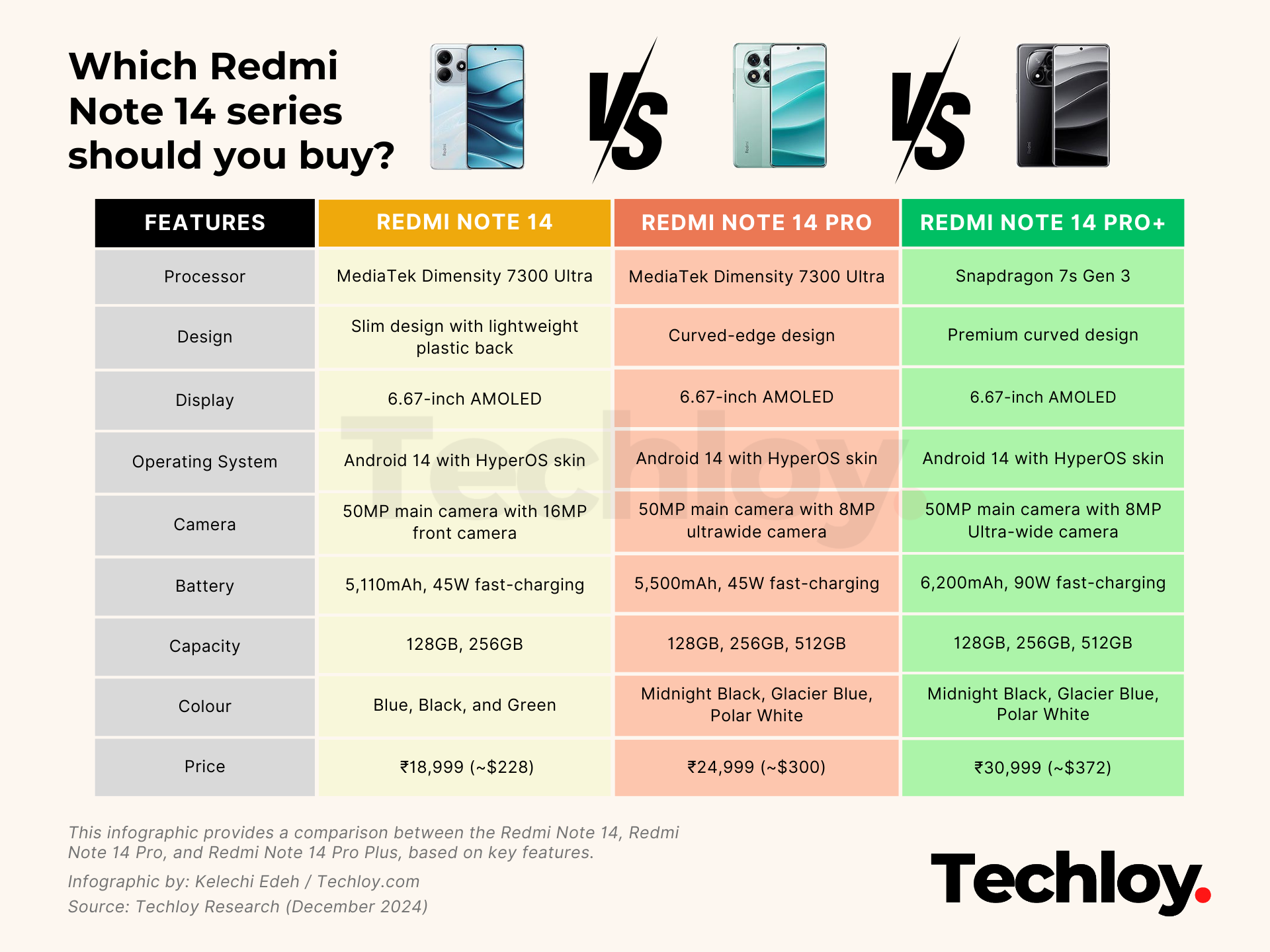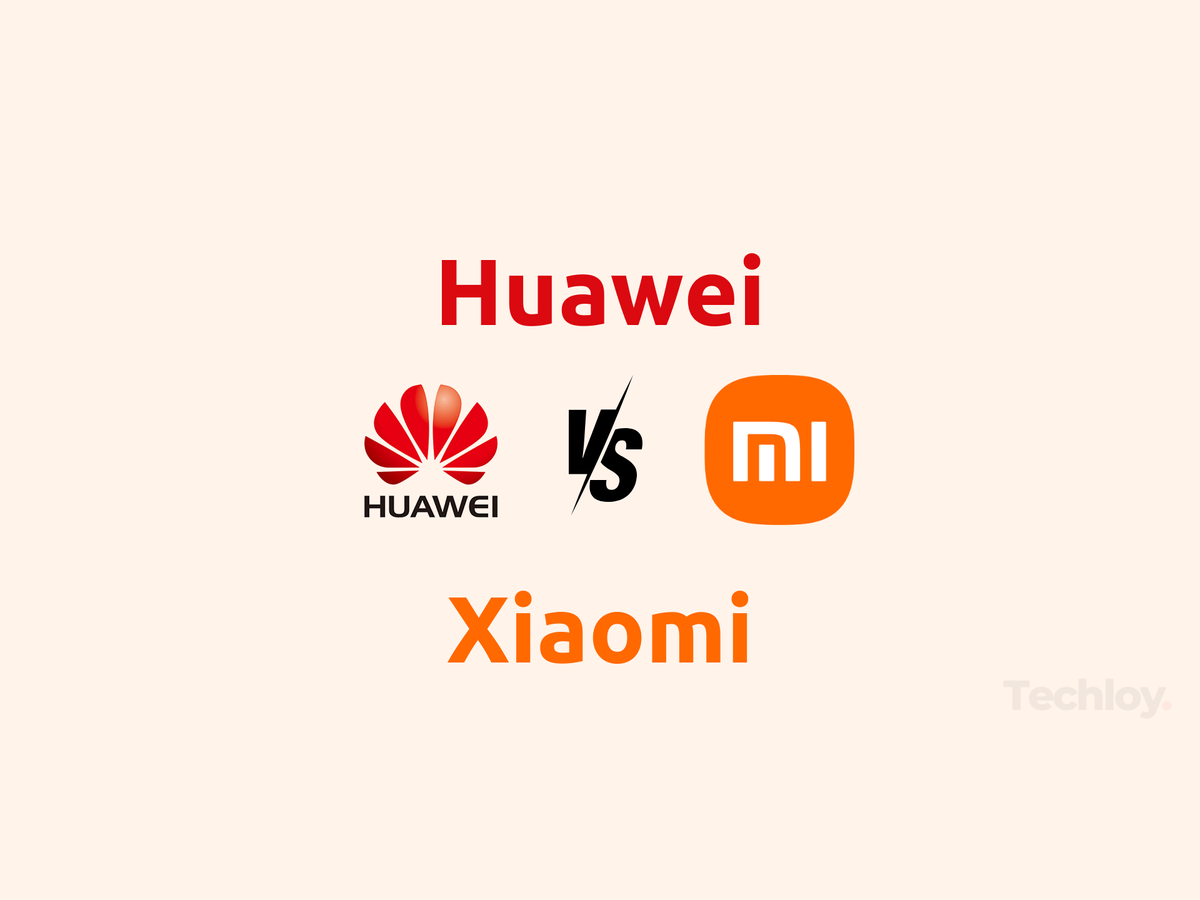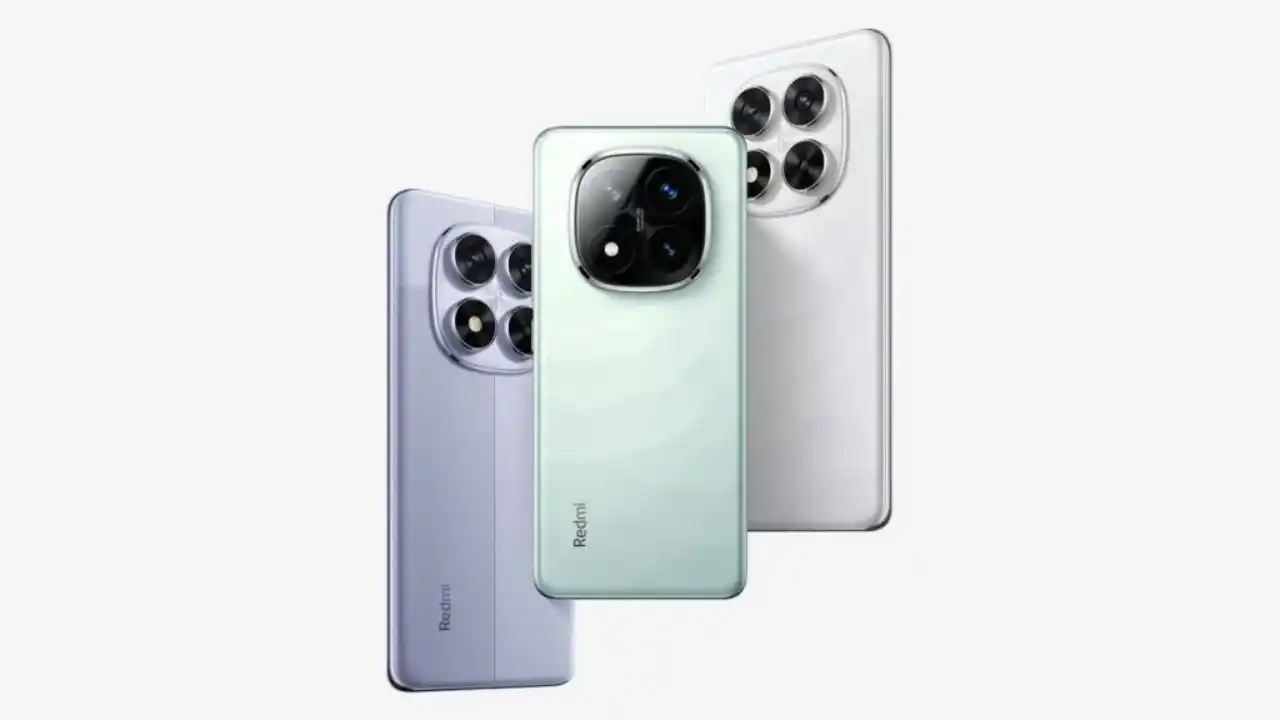Xiaomi launches Redmi Note 14 series in India — here's all you need to know
The Redmi Note 14, Note 14 Pro, and Note 14 Pro Plus will be available for order in India, starting December 13.
Xiaomi, which recently edged past Apple to reclaim its spot as the world’s second-largest smartphone vendor, appears intent on reinforcing its stronghold in the mid-range market.
With a legacy of offering value-driven devices that resonate with diverse consumer bases, the company is making waves by bringing the Redmi Note 14 series, launched earlier this year in China, to India.
This latest lineup features the Redmi Note 14, Note 14 Pro, and Note 14 Pro Plus, each aiming to combine affordability with flagship-like features.

Here's everything you need to know about Xiaomi's newest releases
The star of the series is the Redmi Note 14 Pro Plus which features a 6,200mAh EV-grade battery and is reportedly capable of enduring up to 1,600 charging cycles before significant degradation. It also boasts a 6.67-inch AMOLED display, 120Hz, with a peak brightness of 3,000 nits and is powered by the Snapdragon 7s Gen 3 chipset.
Additionally, its triple-camera setup includes a 50MP Light Fusion 800 sensor, an 8MP ultra-wide lens, and a 50MP telephoto lens with 2.5x optical zoom, that could appeal to both casual and professional photography needs.
Running on Android 14 with Xiaomi's HyperOS skin, the Redmi Note 14 Pro Plus also introduces AI enhancements like live video subtitles, language translation, and multitasking features powered by Gemini AI.

On the other hand, the Redmi Note 14 Pro, while slightly scaled down, shares several premium features with its sibling including AI-powered capabilities. It runs on the MediaTek Dimensity 7300 Ultra processor, houses a 5,500mAh battery with 45W fast charging, and a 6.67-inch AMOLED display.
The device is also protected by Corning Gorilla Glass Victus 2 on the front and Gorilla Glass 7i on the back, emphasizing durability. For photography, it features a 50MP Sony LYT-600 sensor, along with an 8MP ultra-wide lens and a 2MP macro sensor.

Meanwhile, the more modest Note 14 rounds out the lineup with an in-display fingerprint sensor, a 5,110mAh battery with 45W fast charging, AI-powered software enhancements, and a 16MP selfie camera and 50MP main camera.
Its 6.67-inch AMOLED display boasts 2,100 nits of peak brightness and a 120Hz refresh rate. The Redmi Note 14 is also powered by the MediaTek Dimensity 7300 Ultra processor and runs on Android 14-based HyperOS.

What is the price for the Redmi Note 14 series?
The devices, starting at ₹18,999 (approximately $228) for the Redmi Note 14, ₹24,999 ($300) for the Note 14 Pro, and ₹30,999 ($372), will be available starting December 13 on Flipkart, Mi.com, and retail outlets. Xiaomi is also offering promotional discounts, including ₹1,000 off with ICICI bank cards and exchange bonuses.
Complementing the smartphone launch, Xiaomi also introduced the Redmi Buds 6, featuring 49-decibel active noise cancellation, priced at ₹2,799 ($33) and an ultra-slim Xiaomi power bank, designed for portability, priced at ₹1,799 ($22). These products highlight Xiaomi’s ecosystem approach, which ties its devices together for a seamless user experience.

This launch in India comes at a pivotal time for Xiaomi. Its recent rise to the second spot globally was bolstered by the success of the Redmi Note 13 series in key regions like Southeast Asia, Latin America, and Africa.
With the Redmi Note 14 series, Xiaomi aims to further strengthen its position by delivering durability, AI-driven innovation, and value-focused pricing. Whether it can maintain its lead amid growing competition from brands like Huawei and Samsung remains to be seen, but Xiaomi’s intent to dominate the mid-range market is clear.








